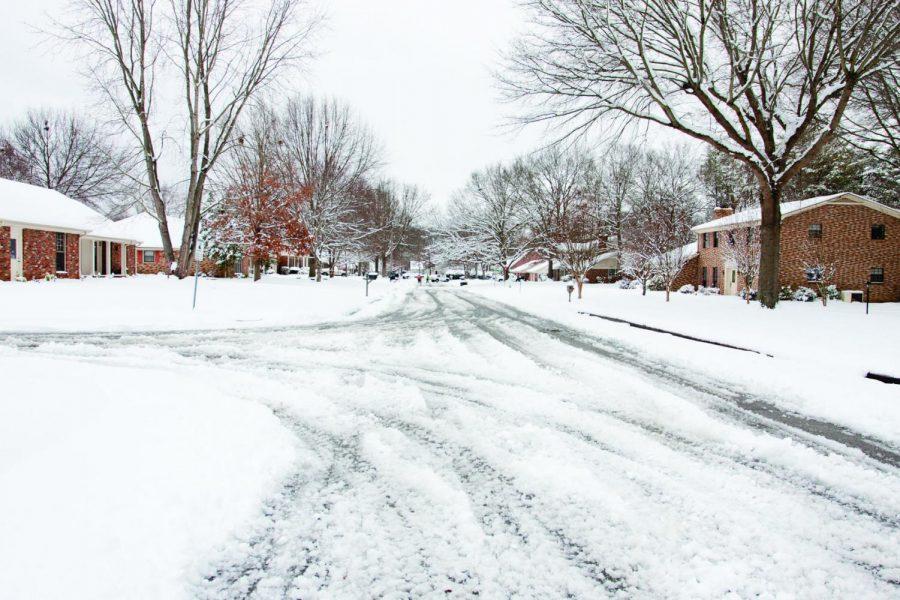Seasonal depression treatable for those who suffer
January 27, 2011
Winter has been in full effect since Dec. 21., which means a brutal onslaught of snow, cold winds, shorter days and less sunlight; perfect conditions for Seasonal Affective Disorder.
SAD is a type of depression that occurs mainly in the late fall and winter due to lack of sunlight, and a 2005 study by Sohn & Lam said that 15 percent to 25 percent ofthe North American population might have some vulnerability to the seasonal cycling of mood.
Larry Bates, a UNA psychology professor, said that SAD is unheard of in countries that are near the equator, such as Ecuador.
As you get further north, the prevalence of it increases.
He said that Wisconsin would have many more cases than Florida.
“All of us experience some change when the light and season changes,” Jennifer Berry, supervised by Lynne Martin, of the UNA infirmary said. “The difference is that people with SAD have it longer, and it won’t go away.”
Bates said that people with SAD tend to have more atypical symptoms of depression as in increased appetite rather than decreased, and those that have the disorder may not feel depressed at all; they may just find no pleasure in anything.
Berry said that normal treatment options include getting more sunlight from outside, help with diet and nutrition, counseling to help with coping skills and, in severe cases, prescriptions of antidepressants.
Berry said that students should seek help from the UNA infirmary if they experience the symptoms of SAD for longer than two weeks.
Berry said, “It’s not unusual for students to blow symptoms off as no big deal. SAD is very treatable, they just have to tell somebody about it.”
Bates suggests people with SAD should not stay indoors in the dark; the symptoms will only get worse.
He said that they need to get motivated to get up and do something. He said that activities will serve as a chain reaction to do other activities.
“If you don’t feel like doing anything, if you’ll do something, then you will feel like doing something,” said Bates.
Bates said that several artificial light therapy options are available with varying degrees of success. Normal office light is not enough to equate natural sunlight but several companies sell devices that are similar to sunlight.
He said that these devices are incredibly bright and some of them are small enough to fit in a backpack.
Visors are available that come equipped with the light device; they fit on your head shine down on your eyes. However, these devices are pricey.
Bates said researchers do not know why, but sleep is related to depression.
Bates said that we have special sensors on the retina of our eyes that detect the amount of sunlight that we get.
These sensors then send it to the brain through the retinohypothalamic pathway, which leads to the suprachiasmatic nucleus of the hypothalamus-where our biological clock exists.
It tells us when to wake up and when to sleep.
“The quickest cure for depression, it doesn’t last long…is sleep deprivation. You’ll be sleepy but you won’t be depressed,” he said.
Bates said that he has traded his window office with a past employee that had SAD for her interior office.
“I didn’t want to work with somebody depressed, then I would be depressed,” he added.
Berry said that students in need of help with coping with SAD should call the front desk of the infirmary at 765-4328 to schedule an appointment.












